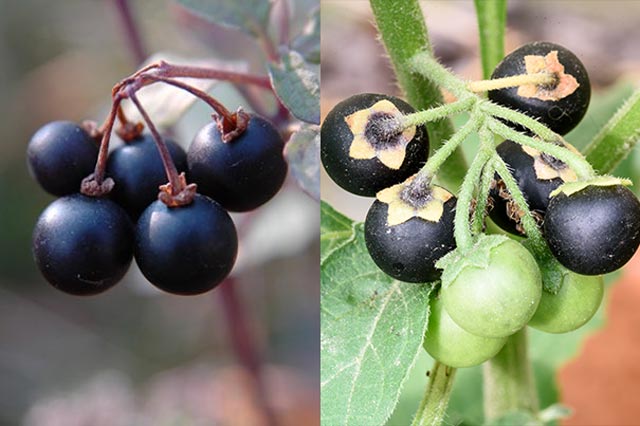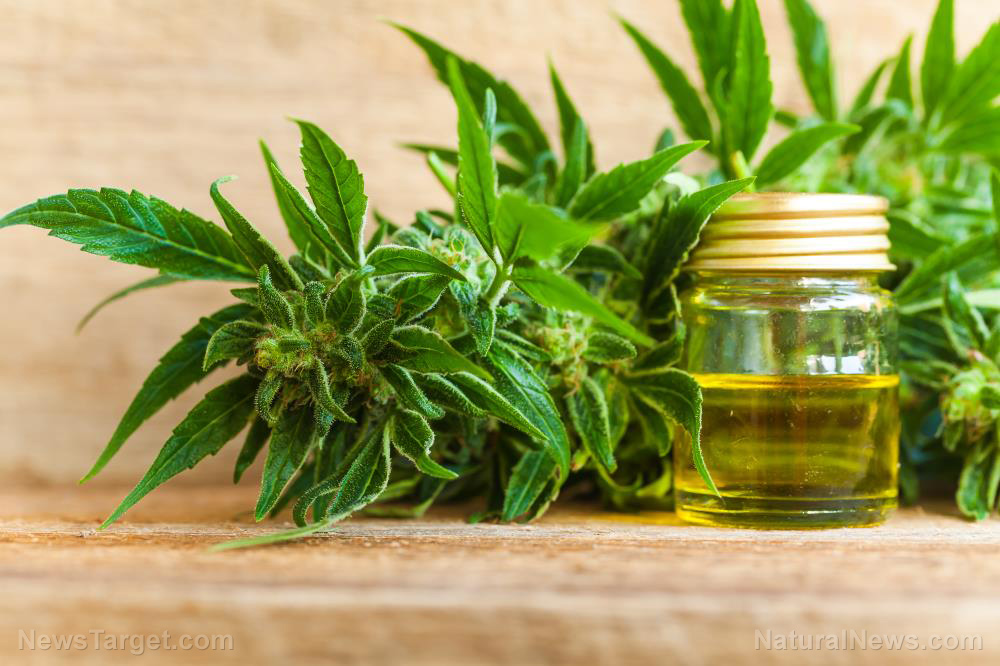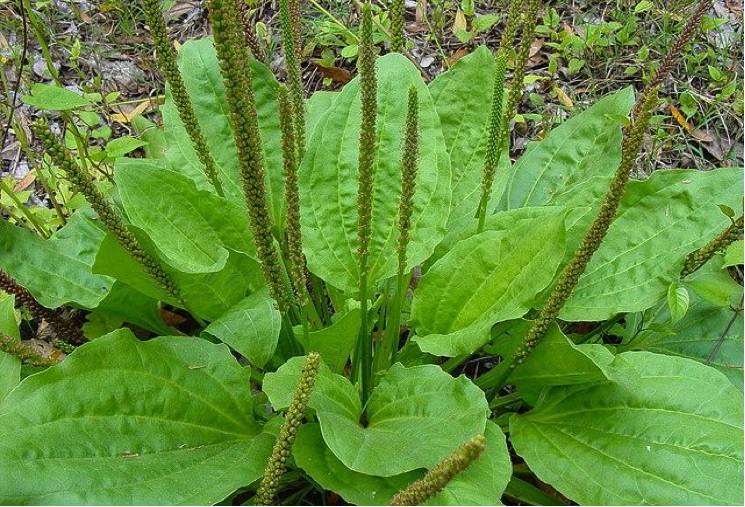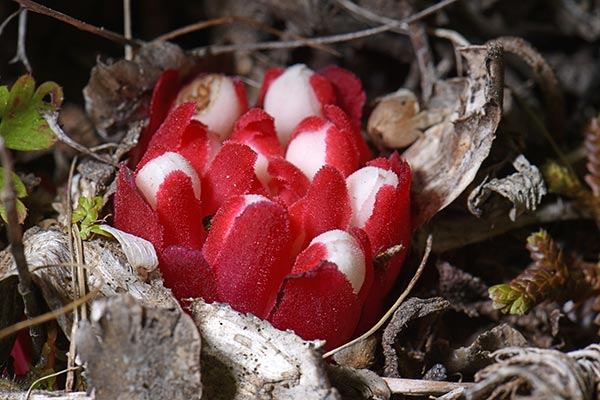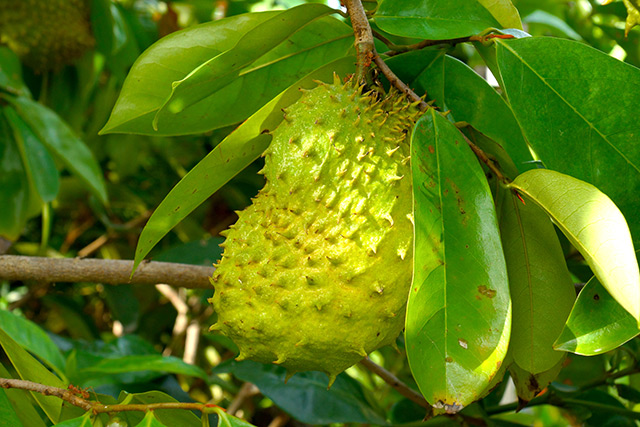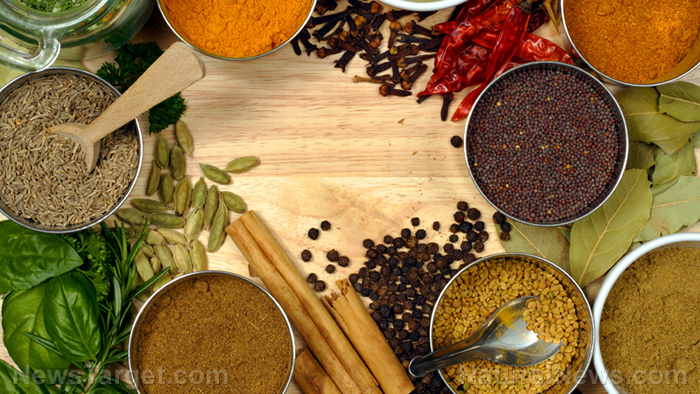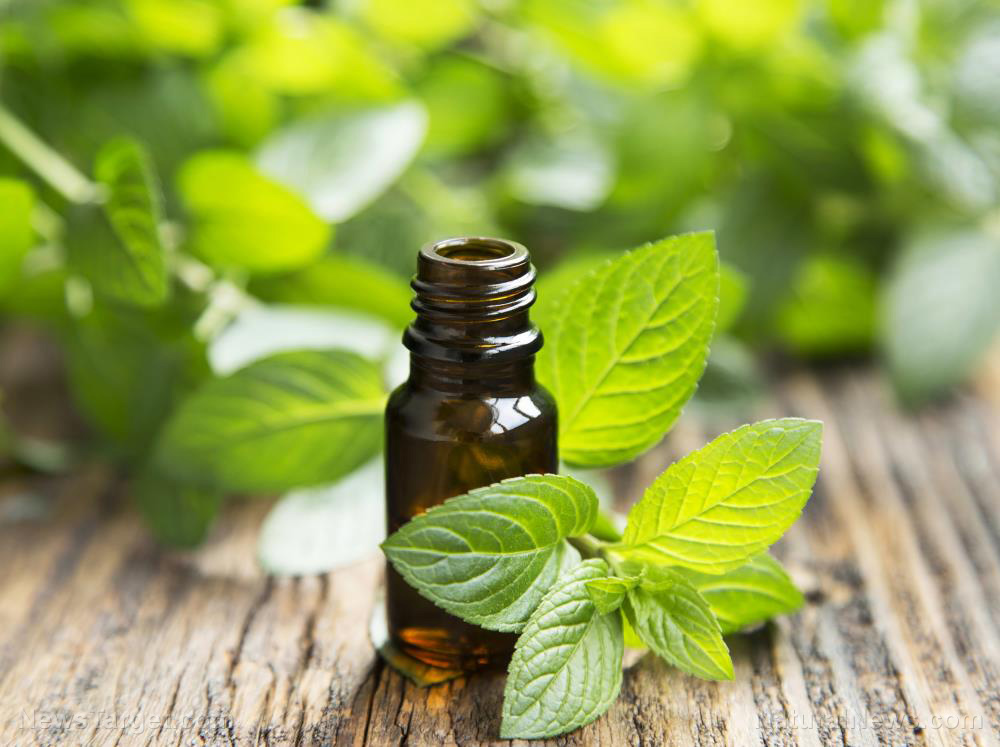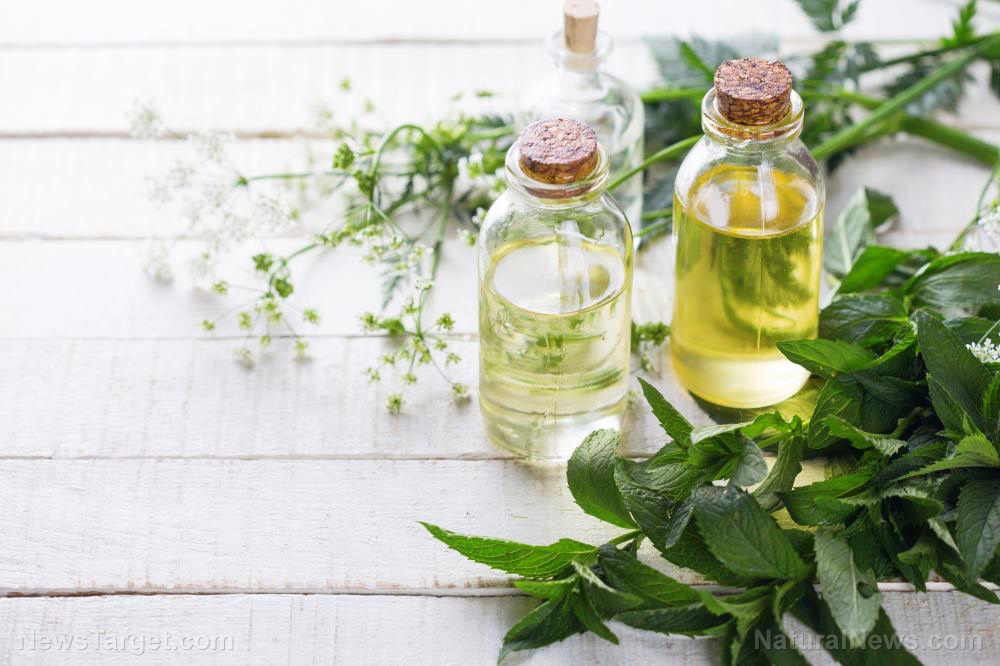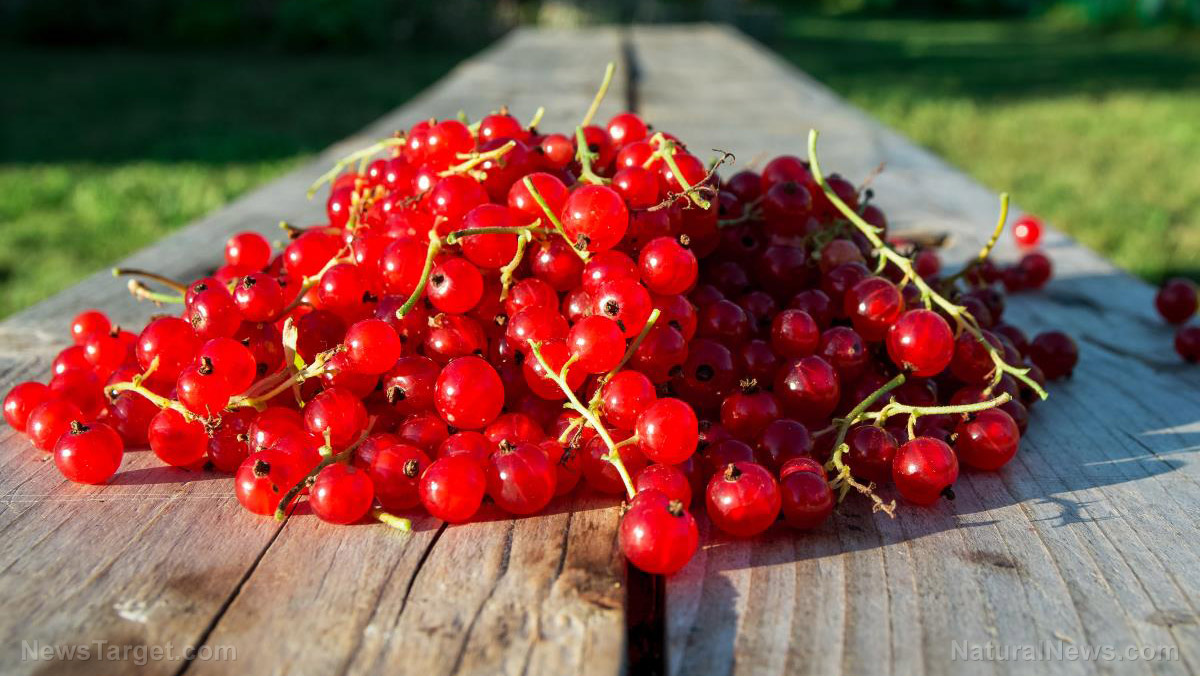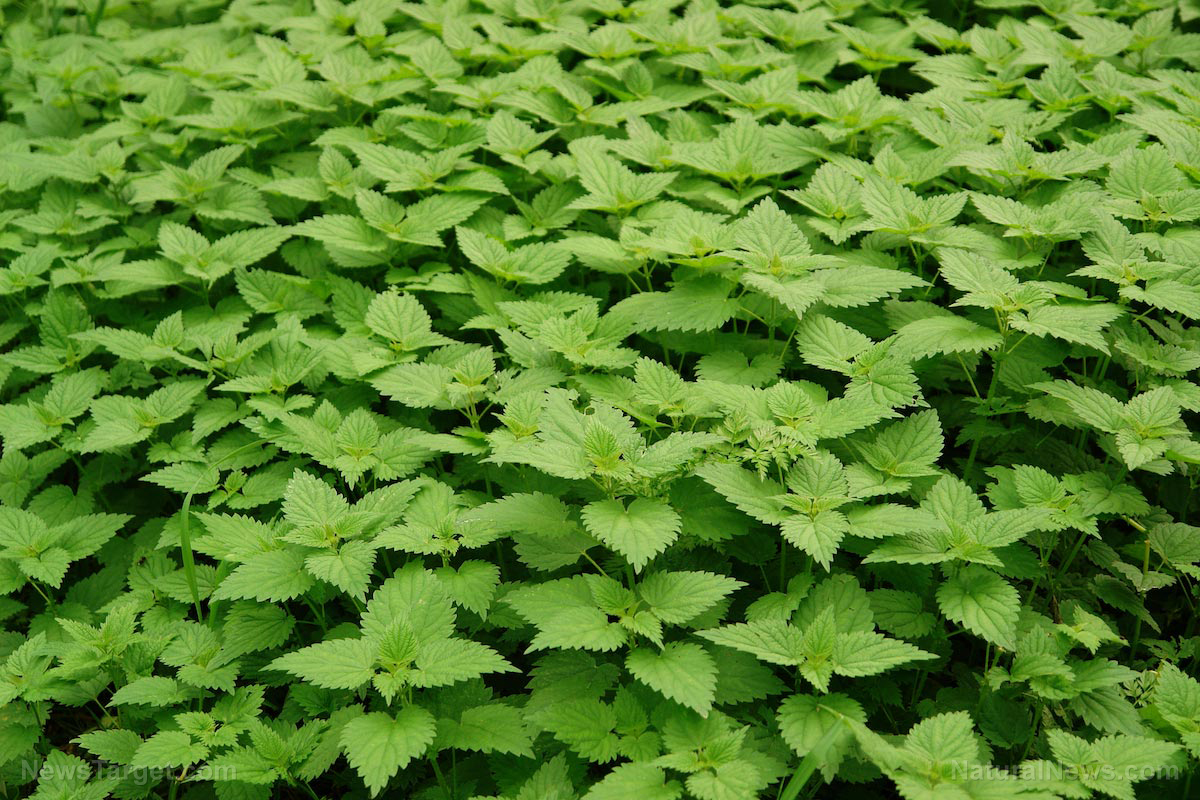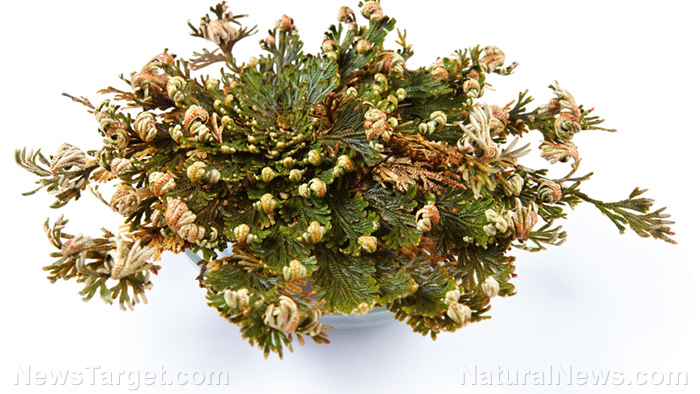Researchers explore the antibacterial properties of the one-sided bottlebrush herb
01/02/2020 / By Evangelyn Rodriguez

Calothamnus quadrifidus is an evergreen shrub that’s native to Western Australia but is also cultivated in Egypt. It is more commonly known by its other name, the one-sided bottlebrush, due to its flowers appearing in clusters on only one side of the stem. C. quadrifidus has many traditional uses, but only a few studies have investigated the biological activities of its chemical components.
To explore the potential applications of this plant, researchers from Helwan University in Egypt studied the dichloromethane fraction (DCMF) of C. quadrifidus leaves, particularly the triterpenoid compounds present in it. After thorough analysis, they reported that these phytonutrients can be used as natural antibiotics against common bacterial pathogens, such as Salmonella typhimurium and Escherichia coli.
Compounds isolated from the leaves of one-sided bottlebrush show antibacterial activities
C. quadrifidus belongs to the Myrtaceae or myrtle family and is a common garden plant in Australia. Besides not being prone to diseases, C. quadrifidus is a garden favorite because of its lovely foliage and its showy red flowers that last well into the summer. C. quadrifidus also bears fruits, which serve as capsules for its seeds. These fruits remain on the plant for the rest of its life and can contain seeds for many years.
According to the researchers, previous studies on C. quadrifidus and its chemical components have focused mainly on phenolic compounds such as flavanols, flavanones, flavones, tannins, and phenolic acids. The chemical properties of C. quadrifidus essential oil have also been evaluated. So far, scientists have established that the different parts of C. quadrifidus have analgesic, anti-inflammatory, hypoglycemic, and antioxidant properties, while its essential oil has shown antimicrobial activity. However, no studies have been done on the triterpenoids present in C. quadrifidus, so the researchers decided to focus on these compounds and their biological activities.
Mother Nature's micronutrient secret: Organic Broccoli Sprout Capsules now available, delivering 280mg of high-density nutrition, including the extraordinary "sulforaphane" and "glucosinolate" nutrients found only in cruciferous healing foods. Every lot laboratory tested. See availability here.
For their study, the researchers used different chromatographic techniques to isolate pure triterpenoid compounds from the DCMF of C. quadrifidus. They also used different chemical and spectroscopic techniques to identify each of these compounds. Triterpenoids are cyclic plant compounds that exhibit a variety of useful biological activities. Research suggests that they have the ability to:
- Inhibit cell proliferation
- Induce cell apoptosis
- Control multiple signal transduction pathways
- Regulate the cell cycle
- Reduce oxidative stress
- Suppress inflammation
The researchers also evaluated the antibacterial activities of the triterpenoid compounds and determined their minimum inhibitory concentration. The triterpenoids they identified from the DCMF of C. quadrifidus leaves were betulinic acid, ursolic acid, 3-acetyl-23-hydroxy betulinic acid, 2,23-dihydroxy betulinic acid, and 2,21,23-trihydroxy betulinic acid.
Of these five compounds, the last two compounds, 2,23-dihydroxy betulinic acid and 2,21,23-trihydroxy betulinic acid, showed strong antibacterial activity against Salmonella typhimurium and a moderate effect against Escherichia coli. Meanwhile, 3-acetyl-23-hydroxy betulinic acid and 2,23-dihydroxy betulinic acid showed a moderate effect against Staphylococcus aureus.
Based on these results, the researchers concluded that the pure triterpenoid compounds isolated from C. quadrifidus leaves have antibacterial activities. (Related: Natural antibiotics to stockpile now: 10 herbs and foods that kill superbugs.)
Other plants that can be used a natural antibiotics
Many plants, including famous herbs and spices, possess antimicrobial properties. These medicinal plants have long been used not only to treat wounds and infections but also to address other unrelated ailments. Here are some common home remedies that can serve as natural antibiotics: (h/t to MedicalNewsToday.com)
- Garlic — According to studies, this pungent herb is effective against different types of bacteria.
- Ginger — Like garlic, this spice is effective against many bacterial strains and can even lower blood sugar levels.
- Echinacea — Traditional healers and Native Americans have been using this herb for centuries to treat wounds and infections.
- Goldenseal — This powerful herb is used for respiratory and digestive problems, as well as bacterial diarrhea and urinary tract infections.
- Clove — Research suggests that this spice can prevent oral diseases caused by bacteria and kill common pathogens, like E. coli.
- Oregano — Oregano essential oil contains carvacrol, a plant compound known for its antimicrobial activities.
Plants contain an abundance of phytonutrients that give them their beneficial properties. For more news on medicinal plants and how to use them, visit NaturalMedicine.news.
Sources include:
Tagged Under: alternative medicine, antibacterial, Calothamnus quadrifidus, herbal medicine, Herbs, natural antibiotics, natural cures, natural medicine, one-sided bottlebrush, phytonutrients, prevention, remedies, research
RECENT NEWS & ARTICLES
Herbs.News is a fact-based public education website published by Herbs News Features, LLC.
All content copyright © 2018 by Herbs News Features, LLC.
Contact Us with Tips or Corrections
All trademarks, registered trademarks and servicemarks mentioned on this site are the property of their respective owners.

